Inside the ITS Arcademy, Museum of Art in Fashion
In Trieste, Italy, a new space highlights creativity through exhibitions, archives and education

The ITS Contest represents one of the most important awards for emerging fashion worldwide. Among the acclaimed alumni are Demna Gvasalia (known colloquially as Demna, the founder of Vetements and creative director of Balenciaga), Matthieu Blazy (creative director of Bottega Veneta), Richard Quinn and dozens of professionals defining contemporary fashion. The competition originated from and still resides in Trieste, a port city in northeastern Italy, away from the better known centers of international fashion. Less than one year ago, ITS Arcademy, Museum of Art in Fashion opened its doors, a place that shares the story of the award and contributes to its future as well.

Barbara Franchin founded ITS and managed to put the ITS Contest on the calendars of the most important fashion houses, who now rely on her talent scouting when they’re looking for their next visionary hire. Since 2002, Franchin and her staff have preserved and catalogued every single portfolio they’ve received, as well as the clothes and accessories made by each applicant. The result is an astonishing archive of 14,758 fashion portfolios (the largest on the planet), 1,089 dresses, 163 accessories, 118 jewelry pieces and more than 700 photographic projects. For years, the archive has been closed to the public, but this changed with the opening of the museum.

The exhibition area begins with a highly emotional video inspired by the manifesto, followed by a short journey through the history of the contest. Then, visitors enter the impressive portfolio archive. Some portfolios are on display, others are reproduced digitally and can be browsed on a large interactive book. The exploration continues into the debut installation, The First Exhibition. 20 years of contemporary fashion evolution, a straightforward exploration of fashion expressed through roughly 100 dresses, accompanied by a beautiful catalogue and curated by Olivier Saillard. It is here that we met with Franchin to learn more.

First of all, why the name arcademy? What does this neologism mean?
It’s an ambitious name, a name that contains three different meanings. Let’s start with this “R” that looks like a typo, but instead is a reference to the word ark. We felt like an ark. We are, around the world, collecting species and saving them. Our claim, our manifesto is simply to save creativity.
Secondly, [it is an] archive, because we are born from the contest and instead of throwing things away we held onto everything. Everything finds a home in 1,400 square meters, a space for everyone to discover their own creativity through the creativity of others.
The third concept is academy [because] we have an educational part. We do this through our archive, through the emotions and projects of 14,000 people. This education gives us immense satisfaction. Seeing the reactions when you inspire someone, when you give them an opportunity, makes us speechless. If people can still think, create, have their own thoughts, then we have hope.

This is not simply a museum, but a living place. What purpose does it serve?
The idea is constantly evolving. We don’t have a fixed idea and we don’t want to have one. We wouldn’t crystallize it into a museum. We decided not to plan longer into the future than three years because we don’t know what’s going to happen—what the world will be like in three years. We want to be ready to change quickly.

What might the next exhibition be?
It is clear that the ITS archive is at the base. We have more than a thousand pieces in the archive that can dialogue with themselves or with visitors. The breadth of the dialogue on display will change from time to time. How will it evolve? Maybe in four years there will not even be one piece of the archive on display, maybe only one project, a thought or a sentence.

Taking what you know from ITS, what is your vision of the future of fashion?
Definitely sustainability and the smaller is better concept show you that most likely fashion will be more personal. It will be more of a one-to-one fashion. Young people tend to use the bare minimum, to make to order, to cut only the materials they need, to recycle, to recover. This is definitely a part that already exists but it will grow more and more.
As far as artificial intelligence is concerned, we saw the first signs of it six, seven years ago. We are very interested. We are waiting to see if the designers will use it or will be used by it. I definitely appreciate it when it is used as a tool that increases your creative ability, rather than replacing you.
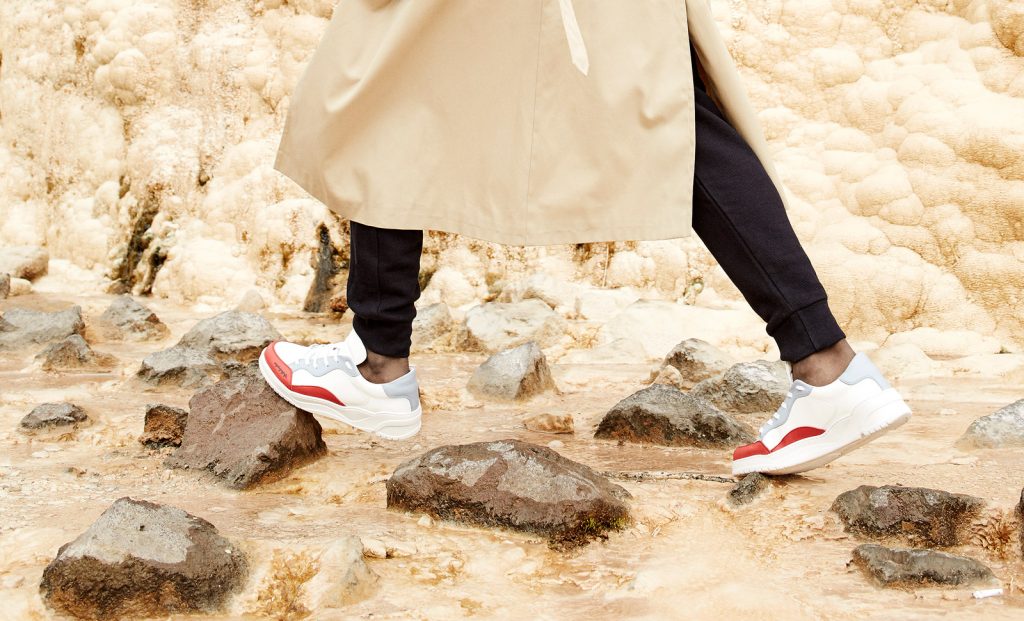

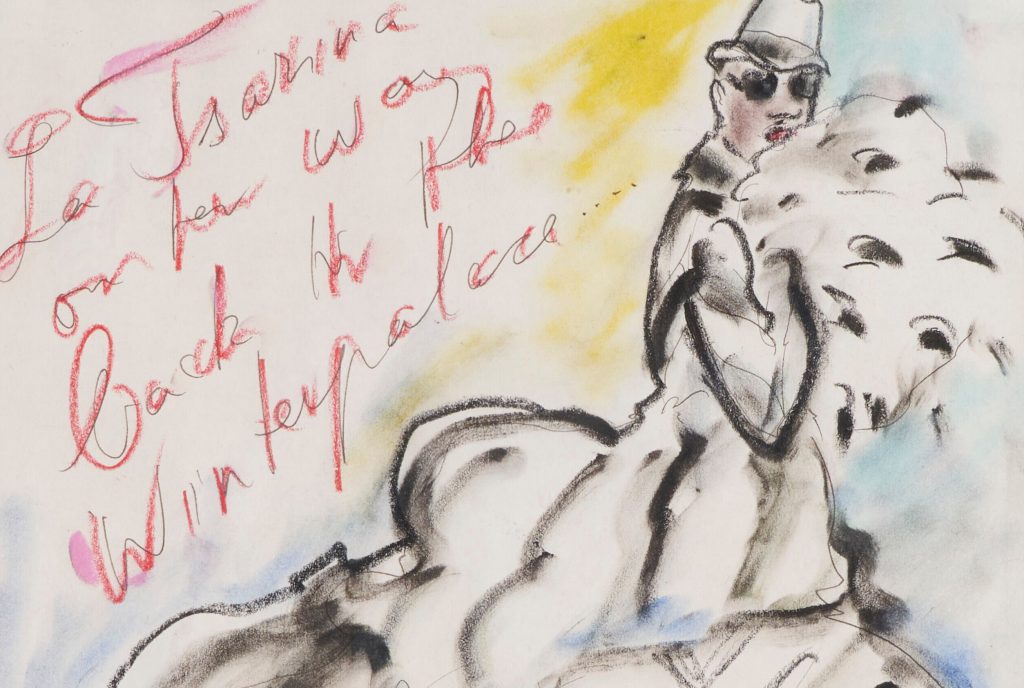
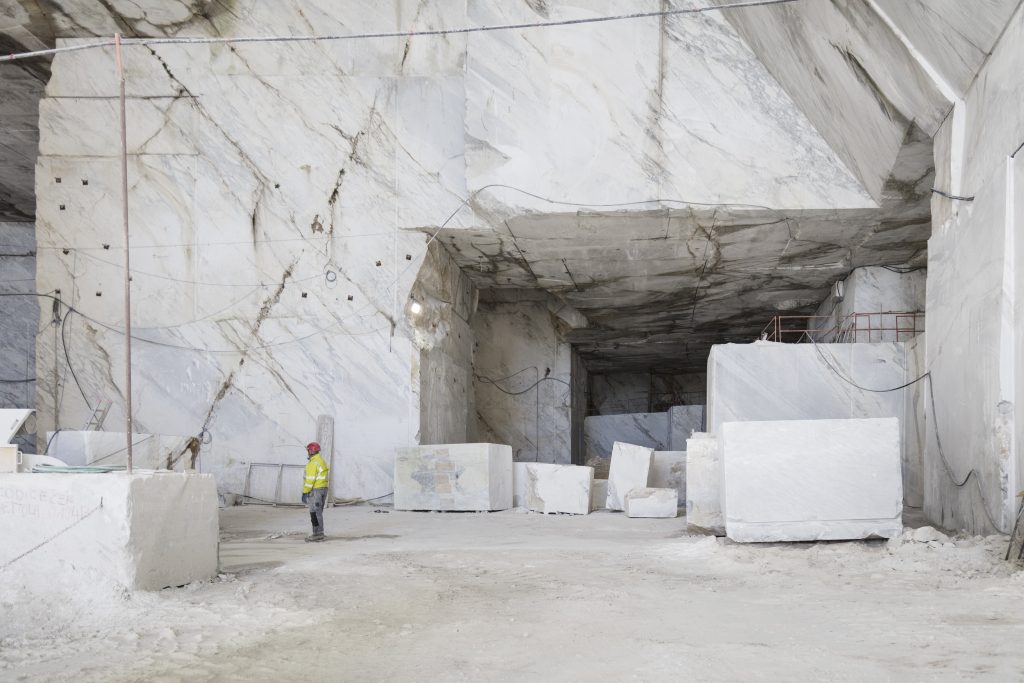


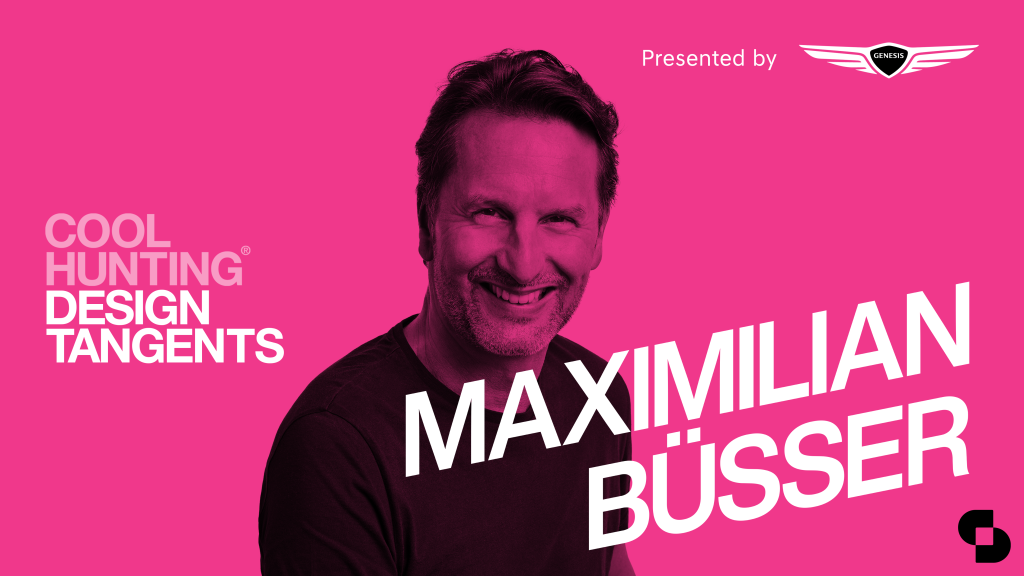
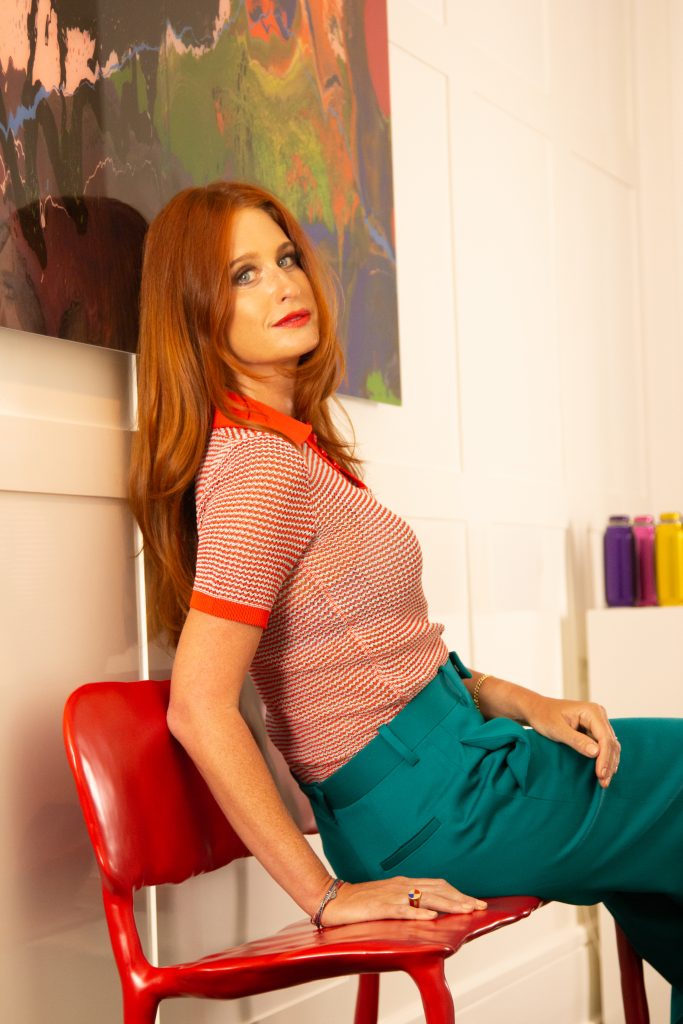




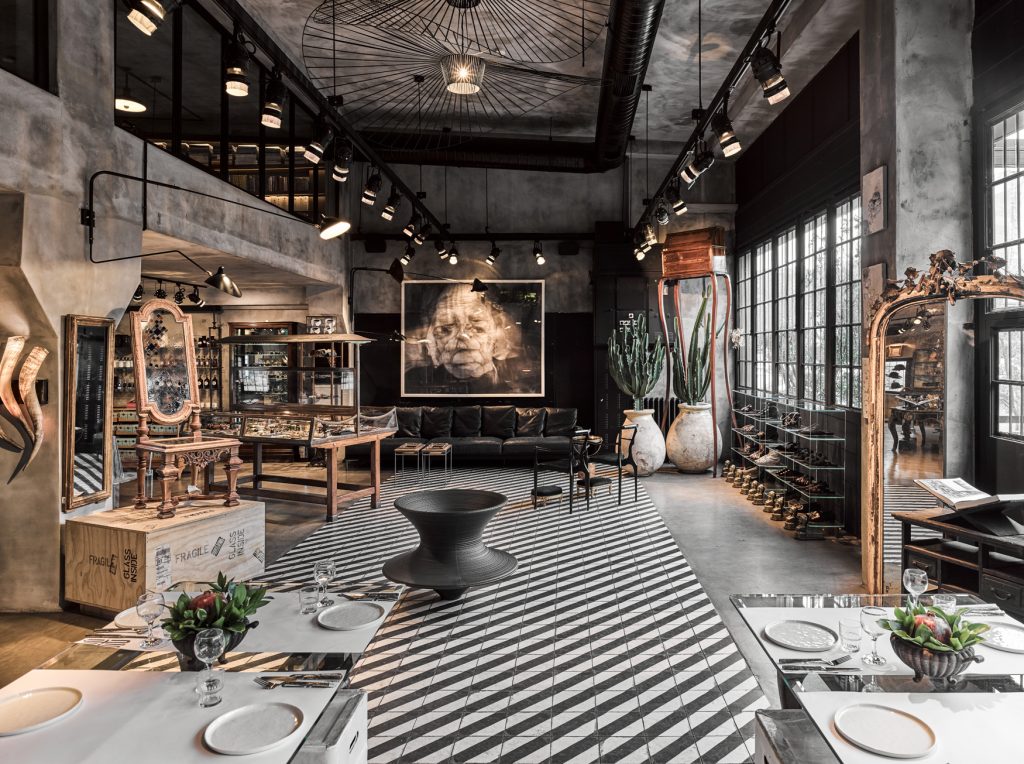
What are your thoughts?